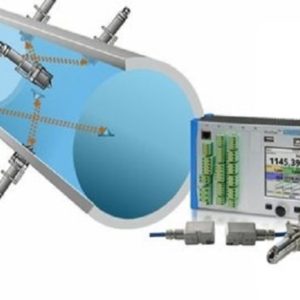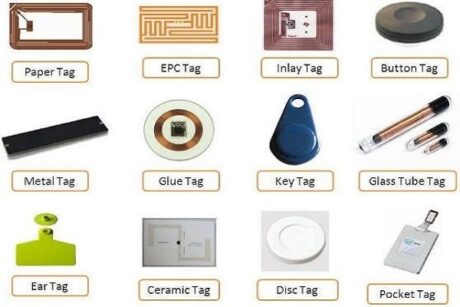Subtotal: $100.00
- Course No E – 1503
- PDH Units 7.00
- Course No E – 1503
- PDH Units 7.00
Intended Audience: civil, traffic and transportation engineers
PDH UNITS: 7
Increasing the number of people who commute by cycling holds the potential to alleviate congestion, decrease air pollution, and improve riders’ health through exercise. However, over the last few years accidents involving bicycles and motor vehicles have resulted in the deaths of 600 to 800 cyclists per year. Urban transportation engineers must work to improve the safety of cycling infrastructure, if cycling is to reach its full potential. The present course presents ideas on how to improve cycling safety. Statistical data on the sources and types of cycling accidents are described. Types of bikeways and “bicycle boulevards” are presented. Cyclists’ attitudes towards helmet use and towards various types of biking facilities are given. Three case studies provide much useful and practical information about cycling infrastructure successes and failures in cities recognized for their active promotion of cycling. This course is based on Sections I, III, V, VI and VII of MTI Report 11-08 of the Mineta Transportation Institute (College of Business of San Jose State University), “Promoting Bicycle Commuter Safety,” February, 2012. The research upon which the report was based was funded by the U.S. Department of Transportation and the California Department of Transportation. Asbjorn Osland was the Principal Investigator.
Learning Objectives
- Becoming familiar with the types and frequency of cycling accidents, including the distribution of accident types by age group
- Understanding the importance for safety of separating bicycles from motor vehicles
- Be introduced to the five principles that define effective practice for promoting bicycle commuter safety
- Understanding the principles of bicycle boulevards
- Learning about bicycle traffic laws and in what respects they differ from laws governing auto traffic
- Becoming aware of the widespread disregard of many traffic laws by cyclists
- Learning about the three classes of bikeways
- Understanding various ways of promoting helmet use
- Understanding reasons for cyclists’ resistance to wearing helmets
- Avoiding mistakes some communities have made in the past, when attempting to implement pro-bicycle policies
- Learning about the role of traffic calming devices in promoting safe cycling
- Using attendance at bicycle safety classes as a means of education, while allowing for a reduction of bicycle-related traffic fines
- Learning about experiences in cities known for their well-established cycling infrastructure
Once completed, your order and certificate of completion will be available in your profile when you’re logged in to the site.


 E - 1105 Flow Measurement in Pipes and Ducts
E - 1105 Flow Measurement in Pipes and Ducts 







